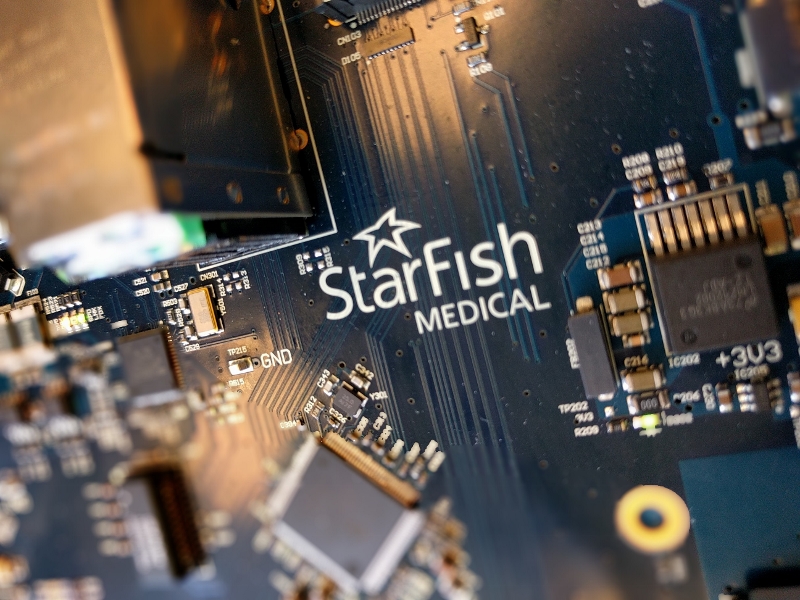
When to use a CPU Module in your Medical Device Design
CPU modules are off-the-shelf PCBs that combine a powerful microcomputer, support circuits and a number of key peripherals with their electrical connectivity provided by board-to-board connectors. This makes them perfectly suited to be incorporated onto a custom PCB in a medical device or IVD.
Engineers can use a powerful CPU on their product specific PCB without the effort or complexity of designing the CPU onto their board. Note that I’m not talking about microcontrollers here; I’m talking about the sort of horsepower found in a smartphone or tablet. There are many CPU modules available today and some are quite inexpensive. You may have heard of the Raspberry Pi single board computer? It is available as a CPU module as well.
Why use a CPU module?
The most obvious reason to use a CPU module is to reduce engineering effort. Why reinvent the wheel when you can focus on your core technology instead?
Another great reason is a better availability of support, especially for software development. Never underestimate the amount of effort it takes to develop a stable OS image to run on your CPU. By using a module, you are leveraging a ton of development, not just in hardware but also in making customized, stable OS images and toolchains.
Cost is another factor. It can often be cheaper to use a high-volume, readily available module than to design a custom PCB solution for a low to medium volume medical device. A custom CPU board will need a high layer count with high-density traces and possibly blind or buried vias. Components like the CPU, RAM and Flash are often relatively expensive in low volume. CPU module manufacturers leverage their huge volume to make all these things relatively economical.
Why not?
If you are trying to make the smallest device ever, you can always save space by reducing board count and cramming as much as you can onto a single board. If your volumes are expected to be really high, then you don’t need to leverage a module manufacturer’s economies of scale; you’ve got your own economies and they might yield more substantial savings.
There are few standards among CPU module manufacturers and none have really made a substantial impact on the market. This means that to choose a module is to choose a single source component. A single source component brings the risk of availability issues and obsolescence. There are things you can do to mitigate this drawback, but it should factor into the decision making process.
What do others do?
In the medical device space it’s now becoming common to use CPU modules. In this space the volumes are typically lower and the margins higher than consumer goods. Having said that, NEC is even using the Raspberry Pi Compute Module in a many of their commercial grade, large format displays. It’s getting to the point where we should be strongly questioning the intent to NOT use a CPU module. In fact, the bigger question is which one to use. That also is worthy of a future blog.
So?
There are many compelling reasons to develop your medical device using off-the-shelf CPU modules. This is becoming more and more common, even for higher volume applications. If you think it’s a good idea to design a high performance CPU system from scratch, I’d suggest you think again.
Kenneth MacCallum, PEng, is a Principal Engineering Physicist at Starfish Medical. He works on Medical Device Development and loves motors, engines and trains as well as the batteries that power them. His blogs are standards in our annual Top Read Blog lists.
Images: StarFish Medical